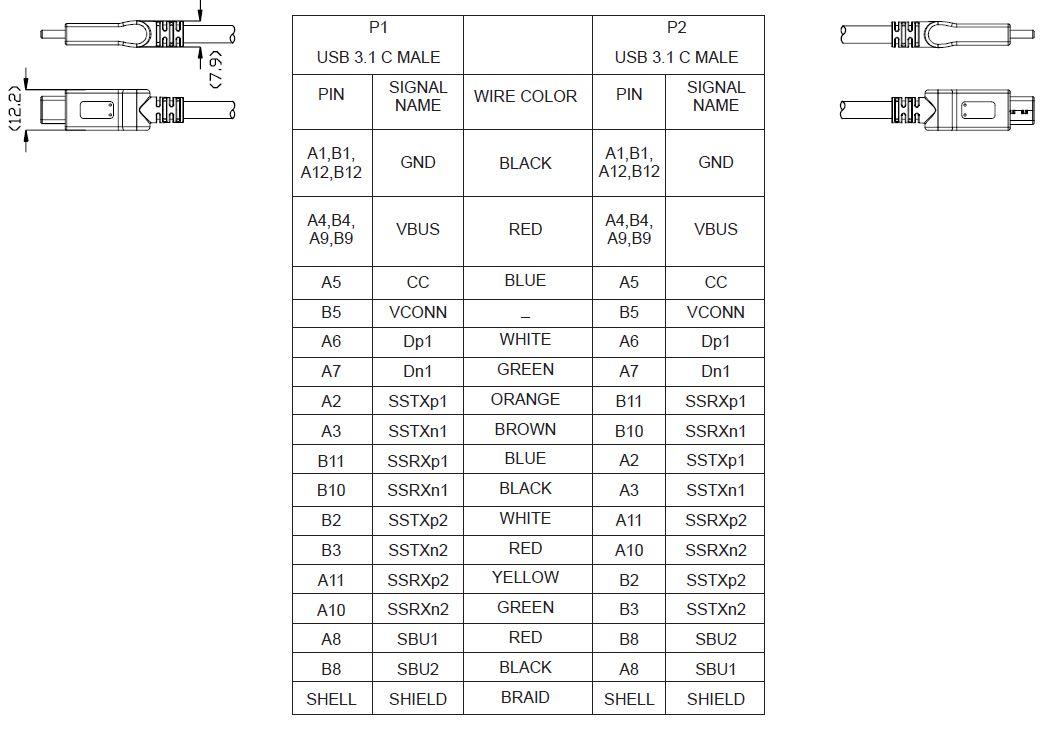U.S. Electric Grid is Reaching the end Game
페이지 정보

본문
Some of Con Edison's underground infrastructure goes back almost as far as Thomas Edison's first central generating station and underground cable, on Pearl Street in lower Manhattan, in 1882. It was a length of 59-year-old cable whose failure was a factor in the July blackout. Isn't the EU/t based on what is being requested on the far end, which should be 5 EU/t? However, Tin Cable can only withstand 5 EU/t; no problem, just upgrade my Electrical Engines with a Small Curcuit Board containing an Iron Electron Tube, which reduces the power required by 1 EU/t. I connected them to a Logger and Arboretum, and then wired up some Tin Cable from an LV transformer pulling off of my main power storage. So I thought I'd use Tin Cable because it's much cheaper than Glass Fibre Cable. Historically splice cabinets were sometimes mounted up utility poles, what is electric cable but this made them more difficult to safely work on so this arrangement is pretty much gone to history. Let's take a break from our boring topic of regional history to focus instead on an even more boring topic: implementation details of telephone lines. If a utility, such as the far-flung AEP, could buy power halfway across the country that was even marginally cheaper than what it could produce locally, it could wheel that power hundreds, or thousands of miles to its customers.
The now-congested and unstable long-distance high-voltage transmission systems that criss-cross the nation must be used for the purpose for which they were intended: to enable bulk power transfer in case of emergency, not to wheel power from one end of the country to the other so a company can import cheaper power, charge a few cents less, and beat out the competition. Under the no-holds-barred market of deregulation, this "elsewhere" has moved further and further away from the large cities, with their large power requirements, to areas of the country where power can be produced more cheaply, and new plants can be built with the minimum amount of local political opposition and legal interference. If even a regulated company has any hope of raising hundreds of millions of dollars on Wall Street to finance growth, it must prove itself creditworthy, by cutting costs and showing it can abide by shareholder values. They make themselves "competitive" to undercut the competition by cutting maintenance costs and getting rid of as many employees as they can.

Provide large terraria, both indoors and outside (weather permitting), and design all such terraria with both safety and correct environmental maintenance in mind. Today, unregulated utility companies do not plow a large portion of their profits back into improving infrastructure, but instead pay out higher dividends to stockholders. The first sector of the electric utility industry to be deregulated was the network of high-voltage transmission wires, which were designed to make bulk power transfers, over relatively short distances, from large power-generating plants to the cities and towns where the power was needed. New York and California, it is almost impossible to build new generating capacity-much less nuclear power plants-where the greatest needs are. It may therefore be exactly 48v, but some of these power supplies are actually regulated to 50v to match the typical behavior of older equipment. It is often stated that the solution to this transmission congestion is to build new power lines. However, these lines, hundreds of miles long, would not be necessary, if the mandate existed to build new nuclear plants where the capacity would be near the load centers.
Some of that new nuclear-generated power from the Southeast will be used locally, for growing demand, and some will be wheeled to the energy-short regions of the mid-Atlantic and Northeast, which refuse to build their own capacity. Since I'm powering a forestry machine outside of my main power station, I wanted to use efficient cabling to transfer power to the engines. The engineers, who have among them, more than five decades of experience in the electrical utility industry, insist that "new transmission lines will not by themselves improve reliability. They may increase transfer capacities, and hence improve commercial use of the grid," but will not necessarily improve performance of the system. Companies that have been buying up transmission capacity will make a bundle, in the process. Today, many states have no authority to either order investments or compensate companies that make them, leaving Wall Street and the "free market" to decide who shall have reliable electric power. TVA built, owns, and operates 17,000 miles of transmission lines, to service its customers over an area including all or parts of seven Southeastern states.
- 이전글4 Simple Steps To An effective 辦理台胞證 Strategy 24.10.23
- 다음글Tgkana.com <<Заходи на сайт! Ангрен купить МДМА Lsd Мефедрон СК 24.10.23
댓글목록
등록된 댓글이 없습니다.

